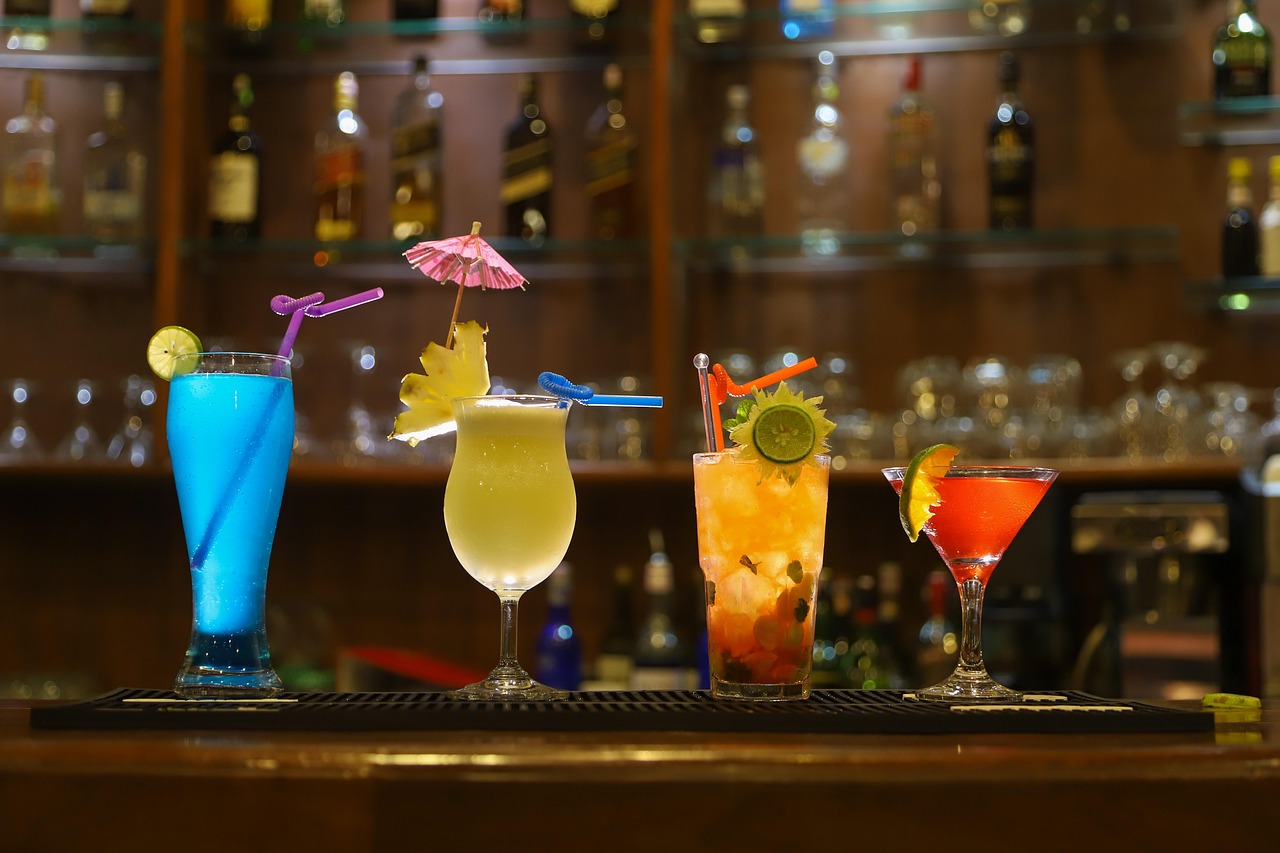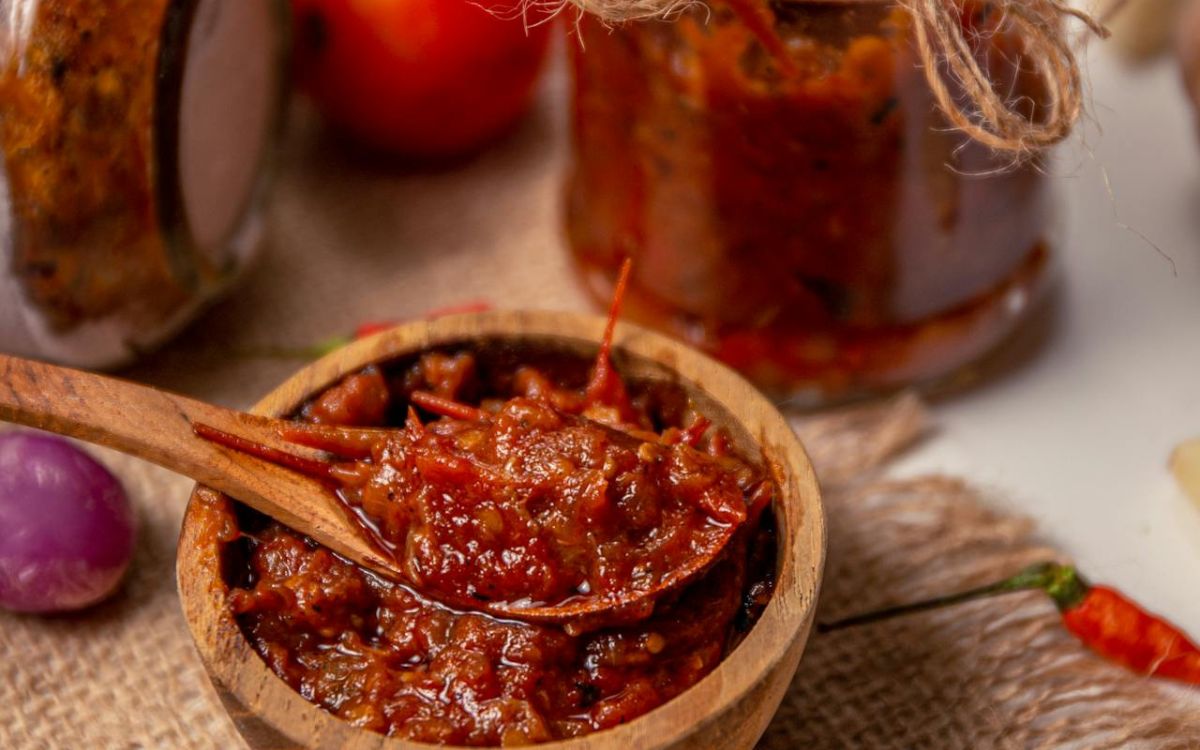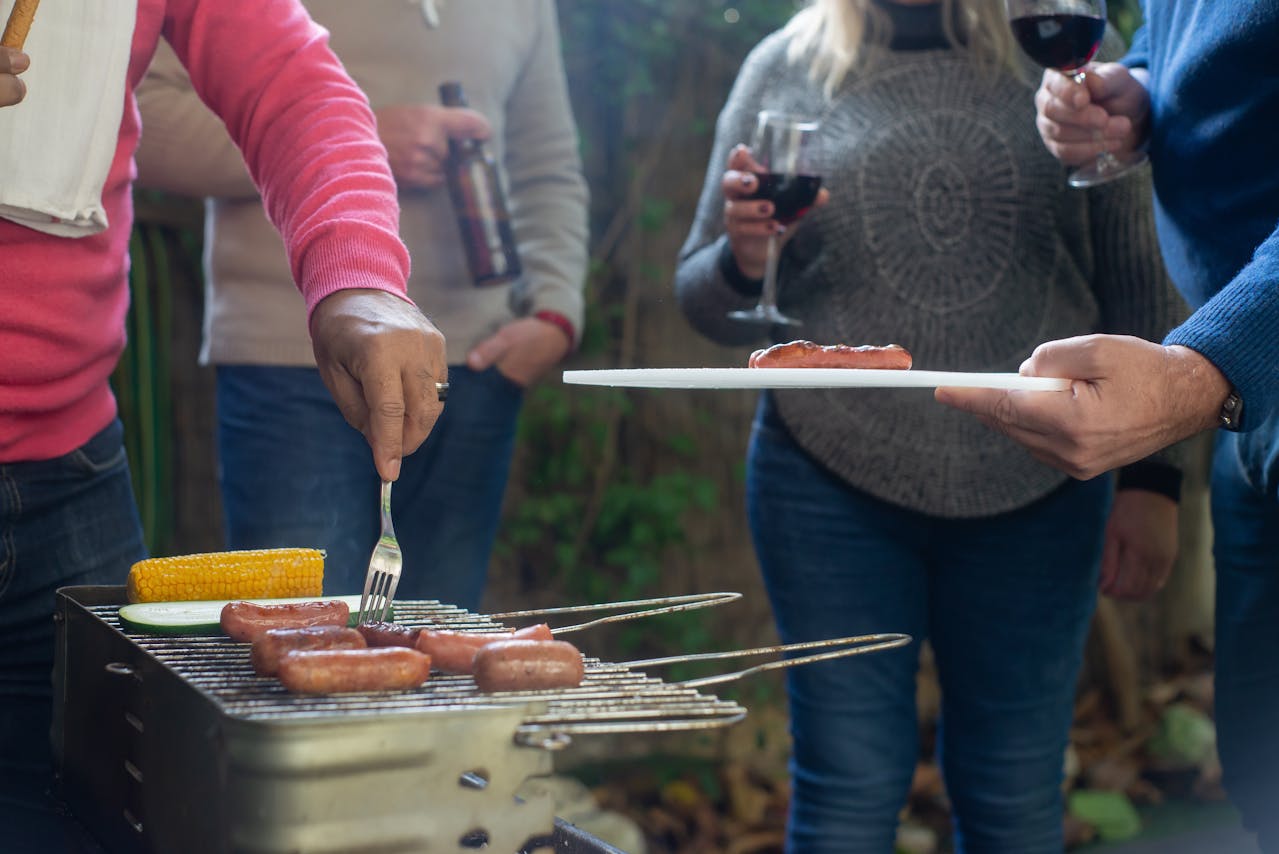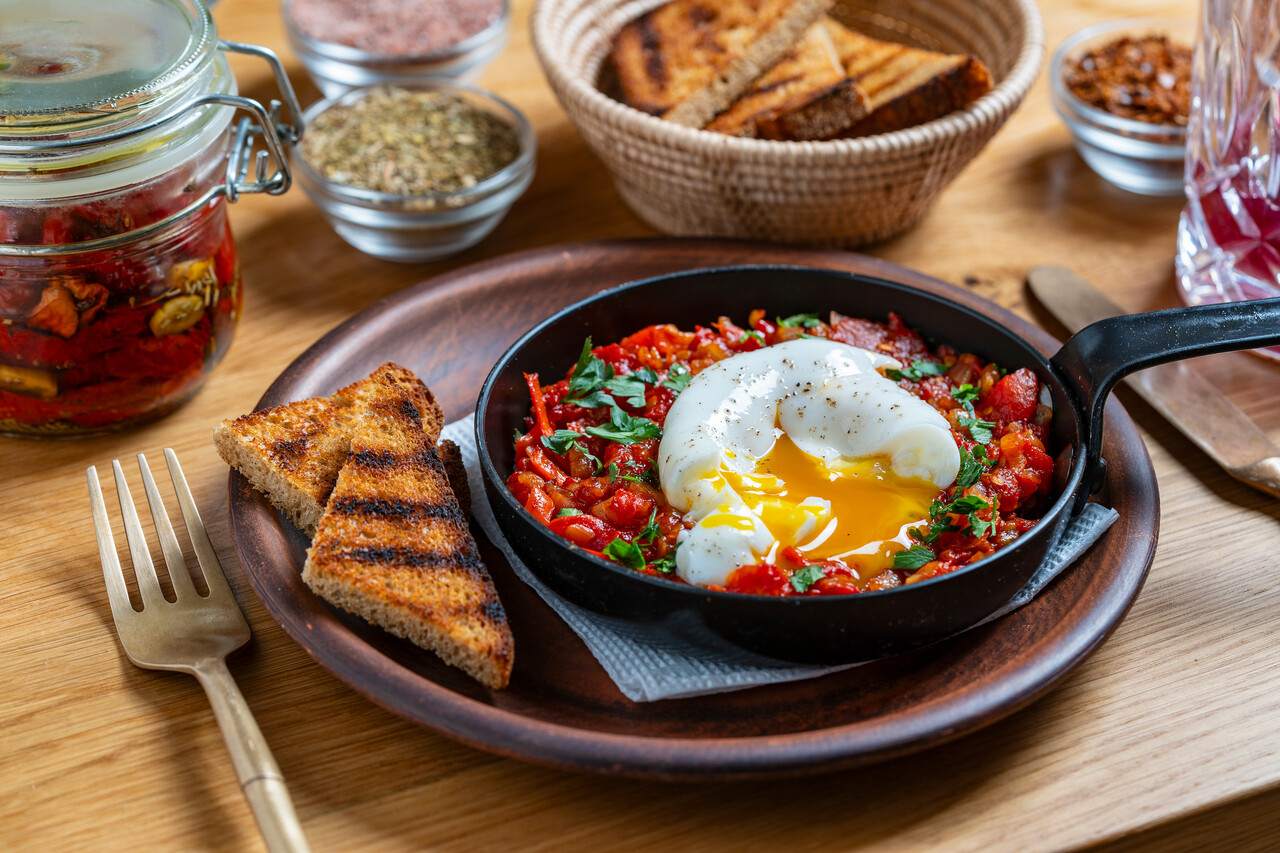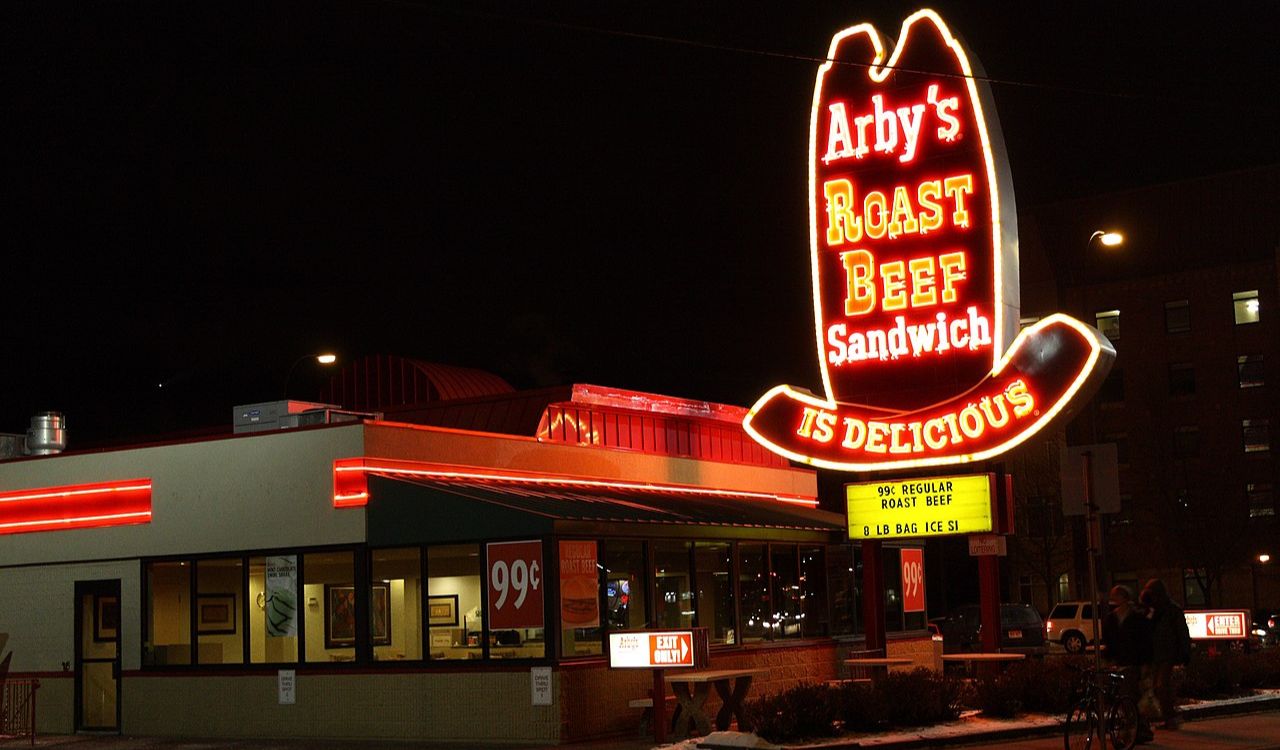How People Made Coffee the Old-School Way Back in the Early 1900s

Before electric percolators and pod machines, making coffee was a slow ritual built on patience and skill. In the early 1900s, coffee was more than a drink-it was part of a daily rhythm shaped by boiling kettles, hand grinders, and the comforting smell of roasted beans.
At that time, brewing methods varied by region and income. Some households used stovetop pots, others relied on open-fire kettles, and a few urban homes had newfangled percolators. But the common thread was care-every cup came from effort and attention, not automation.
Coffee in the early 1900s wasn’t just about caffeine. It was about the process, the smell of the roast filling small kitchens, and the simple satisfaction of creating something with your own hands.
Grinding by Hand: The Start of Every Cup
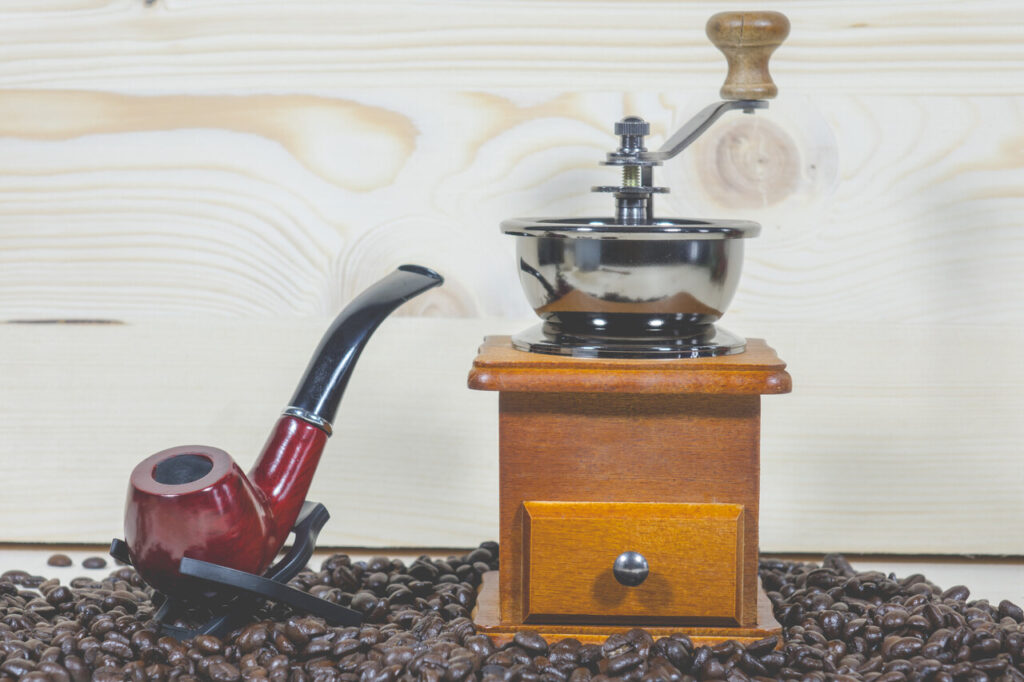
Before pre-ground coffee became common, people used hand-cranked grinders to crush roasted beans. The process was noisy, sometimes messy, but it filled the kitchen with a rich aroma that hinted at what was to come. Each grind size, from coarse to fine, depended on the brewing style, and everyone had their own preferred texture.
The Manual Grinder Tradition
Manual grinders were often made of cast iron or wood, with a simple crank on top. Families passed them down through generations. Grinding took time, especially before dawn, but it made the coffee feel more personal. The rhythm of the handle and the scent of fresh grounds marked the quiet start of many mornings.
Roasting at Home
Many families roasted green coffee beans themselves, often in a pan or over a small stove. The trick was to stir constantly to avoid burning. The process was smoky and unpredictable, but the reward was a deeply aromatic batch of beans that put store-bought blends to shame.
Brewing on the Stove: Percolators and Pots
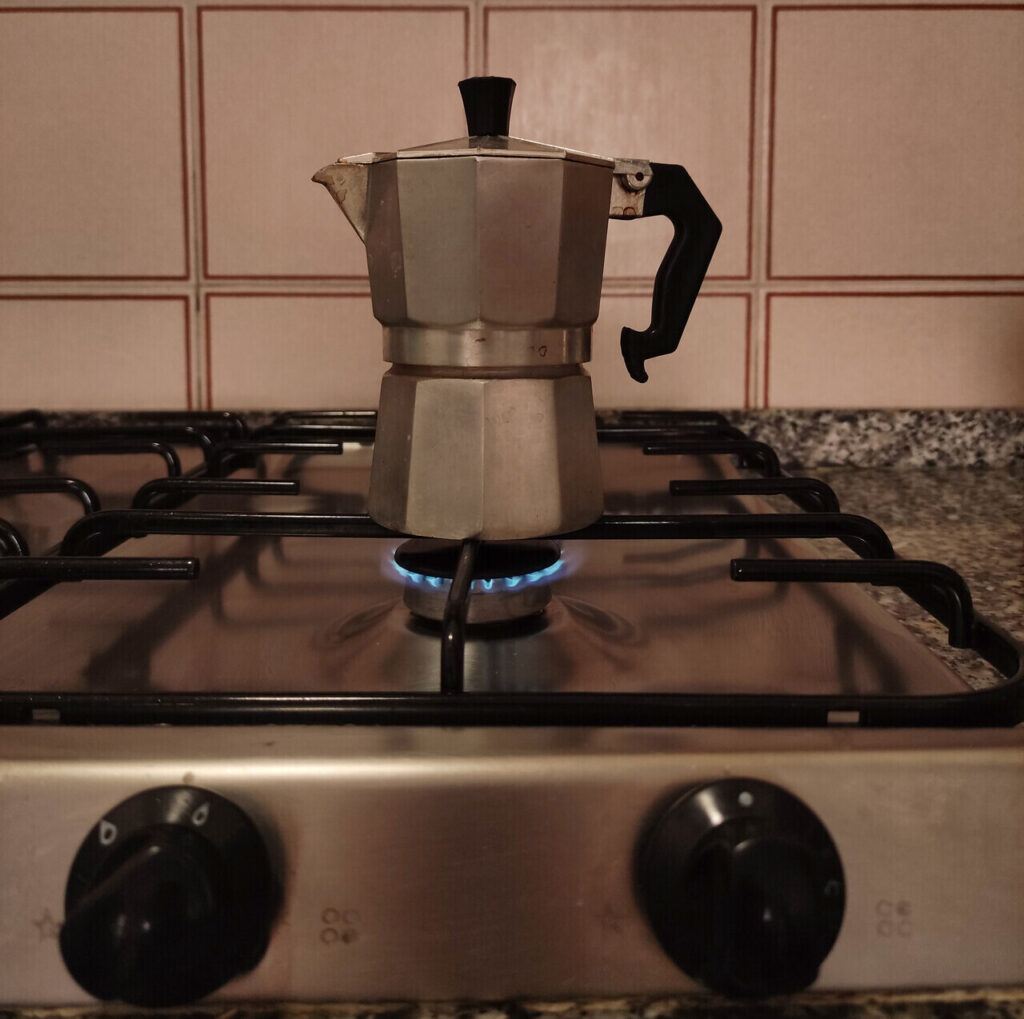
Once ground, the coffee was brewed on the stove or over an open flame. The percolator was a prized tool of the era-simple, sturdy, and capable of producing strong coffee. For those who couldn’t afford one, a pot and a cloth filter did the job just as well.
The Classic Stovetop Percolator
The percolator worked by cycling boiling water through coffee grounds again and again, gradually darkening the brew. It demanded patience and timing. Leave it too long, and the coffee turns bitter; too short, and it comes out weak. Watching for the right color and smell was the only way to tell when it was ready.
The “Cowboy Coffee” Method
In rural areas, people made coffee by boiling grounds directly in a pot of water, then letting them settle before pouring. This “cowboy coffee” had grit, both literally and figuratively. It was the choice of farmers, laborers, and travelers who valued heat and strength over finesse.
Serving It Right: The Morning Ritual
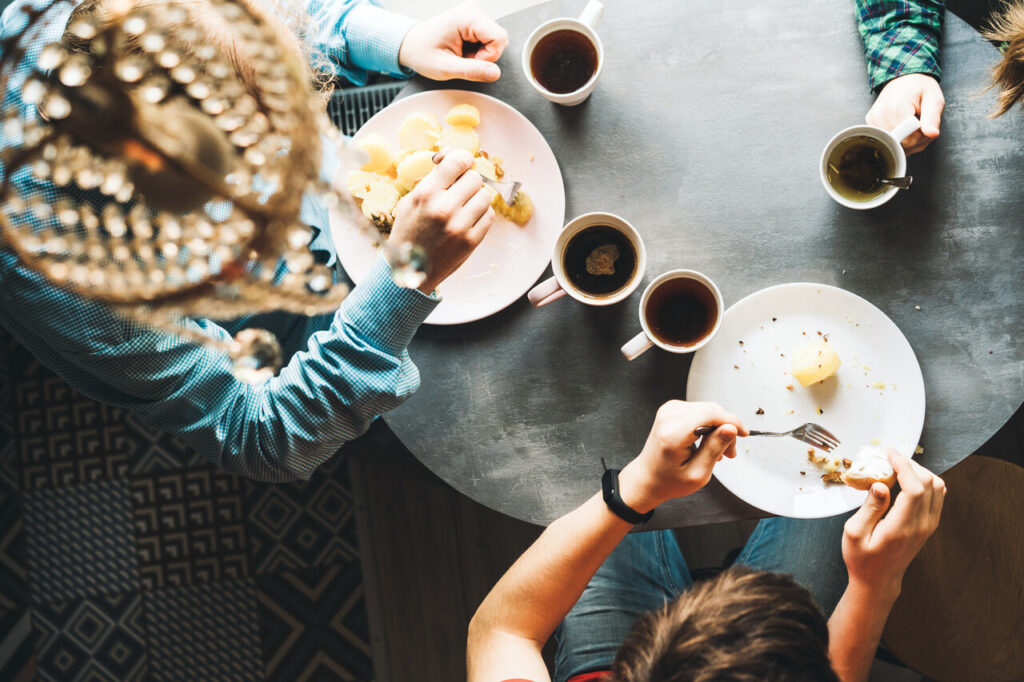
Coffee wasn’t just brewed; it was shared. Early 1900s kitchens often centered around the coffee pot. Families gathered before work, and neighbors stopped by with tin mugs in hand. Coffee breaks weren’t yet a workplace idea-they started right at home.
Sugar, Milk, or Nothing at All
Sweeteners were simple, usually sugar, molasses, or condensed milk. Cream was a luxury, so many drank their coffee black. Some rural households even flavored their brew with chicory or roasted grains to stretch the supply during lean times.
The Social Side of Coffee
Coffee was part of hospitality. Offering a cup meant warmth, trust, and time to talk. In small towns, sharing coffee often meant sharing news, recipes, and stories. The ritual wasn’t about caffeine; it was about connection.
The Legacy of Early Coffee Making
What’s interesting is how much of that old-fashioned process has made a comeback. Manual grinders, pour-over methods, and home roasting are now trendy again, echoing what early 20th-century coffee lovers did out of necessity.
The old-school approach reminds us that good coffee takes time. It’s about slowing down, using your hands, and appreciating the small moments that start the day right. Even in a world of instant machines, that simple truth still holds up.


